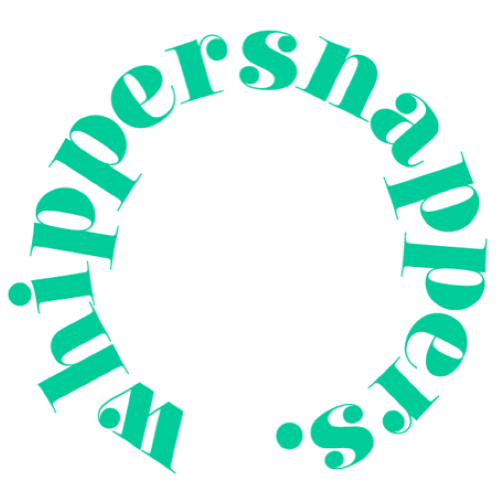Is organic cotton just a fad? Should we be paying more for our clothes? Is non-organic that bad?

Unfortunately, cotton farming is a dirty business. It's called the world's dirtiest crop. At the source, according to the UN's figures, it poisons about 77 million workers a year of which a million are hospitalised. The chemicals used are quite a potent cocktail. Aldicarb, for example, is so toxic a drop on your skin can kill you. Up until it was banned in 2010, the US was spraying over a million kilos over crops per year. It was so effective in killing insects that crop yields have fallen since it was stopped being used. In response, it has been reformulated and rebranded as AgLogic but still as toxic as ever.
The intensive use of soil is also a problem. It needs higher levels of fertiliser and water than the managed organic soil. Organic farming is far less intense. The ground needs to be left alone to recover; this aids the soil's ability to store water and also hold more carbon. Non-organic cotton uses a lot of water too. The cotton for one non-organic t-shirt needs about 2,700 litres to grow. An organic cotton t-shirt uses 91% less, or the same amount of water as one person drinks in 3.5 years (Soil Assoc).
Manufacturers using organic cotton trace their products through the whole lifecycle. Factories will be regularly inspected and certified. Workers conditions are monitored, and pay is fairer. Also, checks will be carried out to ensure that there are no instances of child or forced labour. Non-organic cotton isn't tracked, and factories do not have to follow any codes of conduct beyond that of their countries governments.
Finally, when the product reaches the consumer, a non-organic product is a lot more likely to irritate sensitive skin. The World Health Organisation has found that a lot of the chemicals and heavy metals used can cause allergic reactions, respiratory problems, skin problems and worse.
Organic cotton, on the other hand, has not been broken down by harsh chemicals so is naturally softer, gentler on the skin and even washes better. It is more resilient and longer-lasting too. The downside is it costs more to make than mass-produced clothing.
So in summary, when you are buying clothes, be mindful of where the real costs lie. Choose carefully, maybe buy less but better quality. At Whippersnappers, we concentrate on supplying ethical brands. Brands like Little Green Radicals and Frugi are leaders in the field of making quality, organic, ethical children's clothing. They are great for passing down to siblings as they will still look great in years to come.
If you are interested in learning more about the organic and ethical clothing revolution, here are a few organisations that are leading the way:
Global Organic Textile Standard - A global initiative which includes the UK's soil association and is responsible for certifying global organic brands.
Soil Association - Fashion and Textiles - A UK based organisation responsible for certifying organic credentials.
Fair Wear - An organisation looking at improving working conditions for those involved in the clothing industry.

